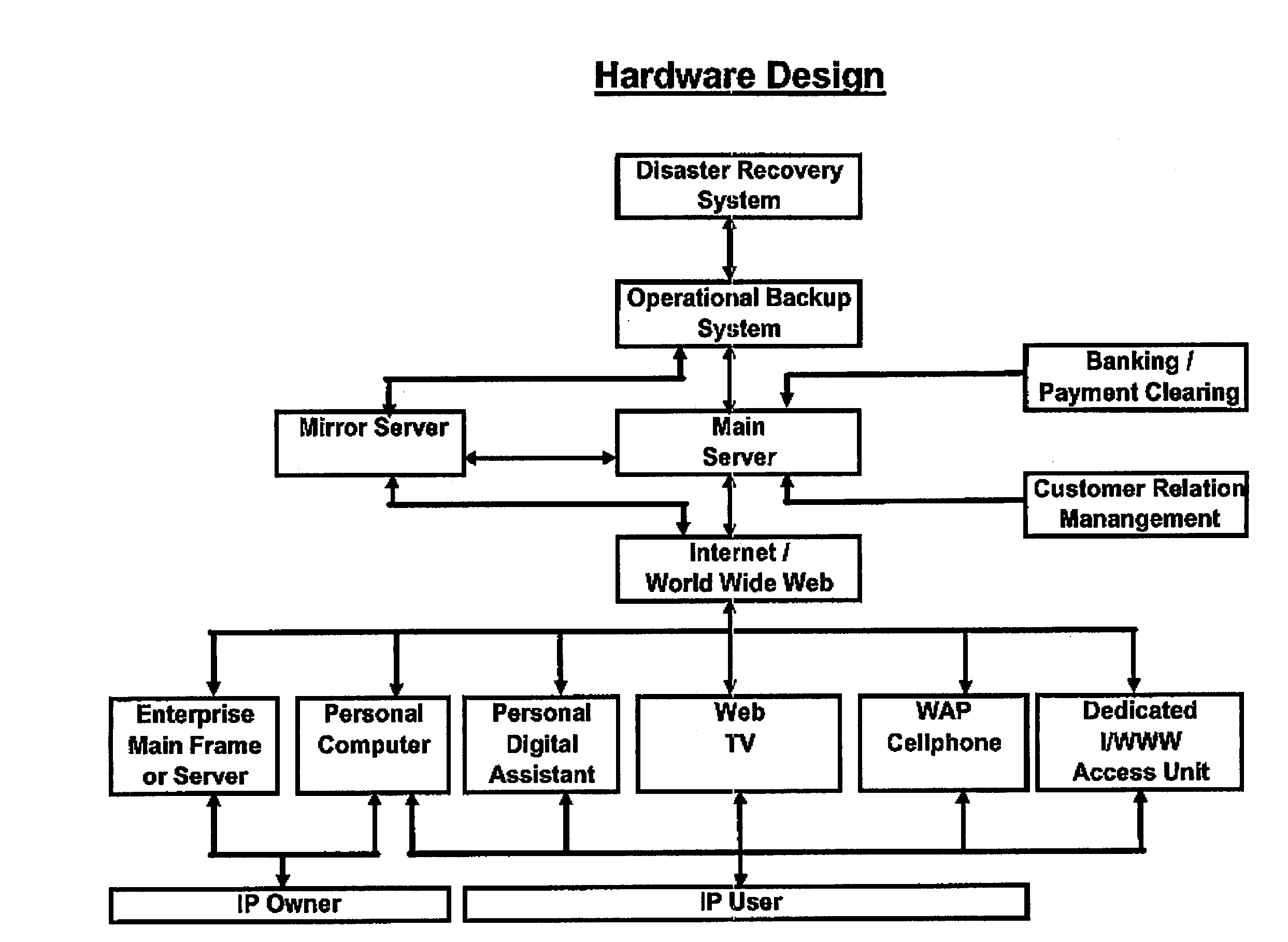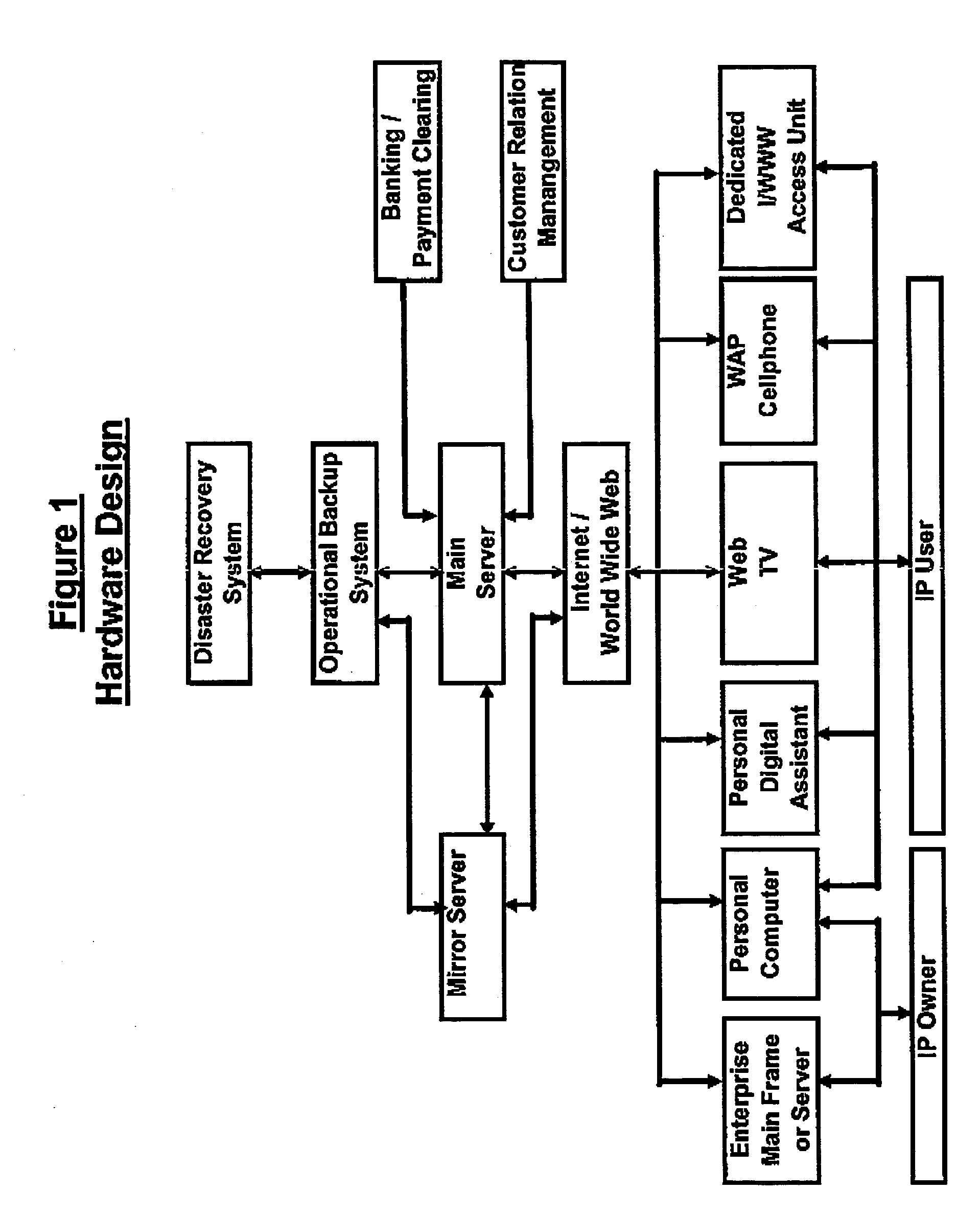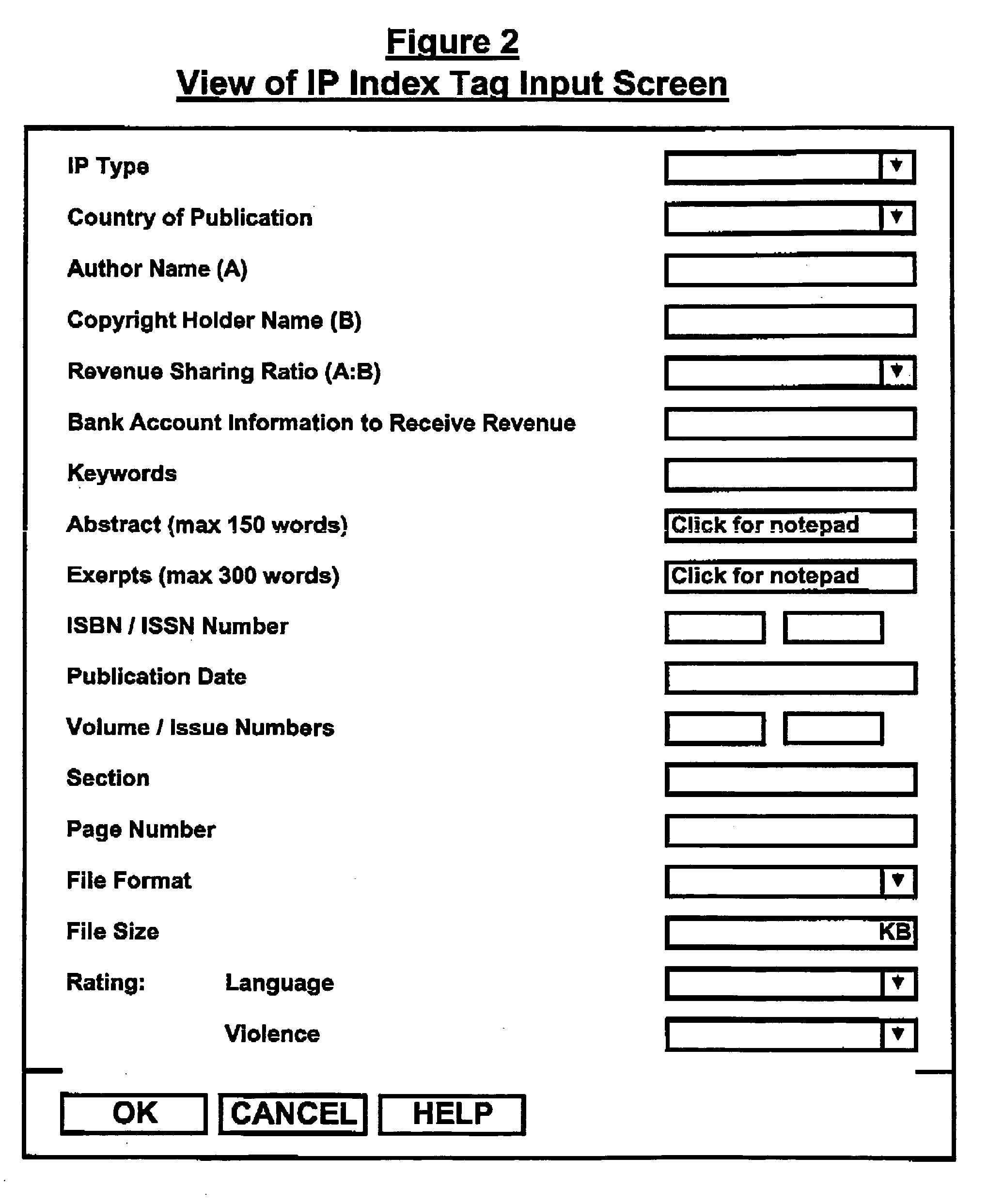Intellectual property (IP) such as books, journals, magazines and newspapers entail high capital and operating costs for physical preparation and handling.
The
time lag between investment and sales revenue generation further increases the associated
economic risk.
Even after being published, most written works have a limited
shelf life given the high overhead costs.
All these factors combine to limit the availability of IP to potential users.
However, the problem of costly physical handling remains unsolved.
Technically, the main hurdles include: inconvenient
access to information via machines, the slowness of viewing one page of information at a time on a computer screen, low
display resolution, lack of portability and inability to easily annotate the information.
Commercially, the higher initial capital and operating costs for both content providers and readers or users, and the lack of a definitive legal framework to deal with copyrights of electronic documents have caused only limited use of electronic storage and retrieval of information.
The rapid and almost unstructured evolution of the I / WWW has brought with it three key difficulties for owners and users of IP.
However, even the best of search engines now, such as Google, are reportedly only able to search through about 15% to 20% of all available web pages in existence.
As a result, a large portion of the IP on I / WWW are out of reach for most users.
The current technical attempts to solve the problem by using faster computers and more efficient
search engine software are unable to keep pace.
Secondly, the widespread initial notion, that information available on the I / WWW should be free, has caused severe distorted development of the I / WWW “
ecosystem.” This low expectation of revenue from I / WWW users has forced
web site operators to rely too heavily on advertising revenue.
This practice greatly slows down how users can find useful information.
Thirdly, even when users have found some useful information on web pages, it is difficult to save the information efficiently.
Bookmarks can be used to return to specific web pages, but quite often the content is replaced by newer material, or the
web page is deleted due to
web site redesign or business failure.
This low expectation of revenue from users in turn caused many leading publishers to refrain from archiving past issues of their journals and newspapers online, in manners that can be accessed and searched by users.
Most smaller publishers just cannot afford to set up archives.
A vast amount of accumulated knowledge is therefore not within the reach of potential users on the I / WWW.
The costs to users are typically high due to the small market that these databases reach;(4) Information on web pages can often be copied and then pasted onto a
word processing document for storage, which then needs to be filed and indexed for future reference.
However,
bookmarking does not allow annotations on the
web page and is highly susceptible to ‘link rot’, where the
web page referred to by the bookmark link is no longer available due to deletions, content revisions or business failures;(5) a new simplified approach is offered by eGem.com wherein information on the web can be copied into files, with an attached bibliographical reference, and then organized into folders;(6) another simplified way is offered by Clickability.com to bookmark web pages organized into folders.
Moreover, the
annotation files are not intended for linkage to documents that may have only limited rights associated with them, such as view only, etc.
The constantly growing supply of IP also necessitates periodic
culling of collections of reference IP owned by individuals, business, libraries and governments, leading to ever increasing loss of access to large amounts of IP, most often irreversibly.
 Login to View More
Login to View More  Login to View More
Login to View More 


